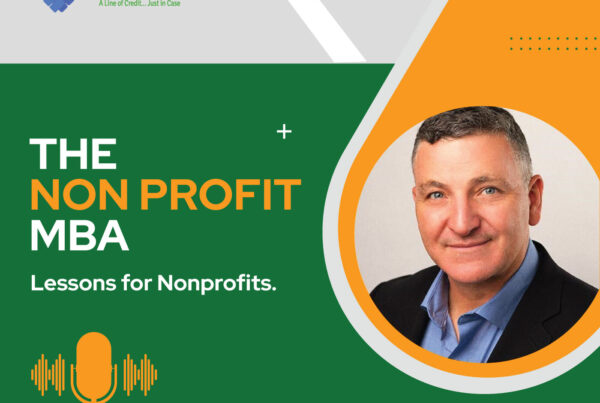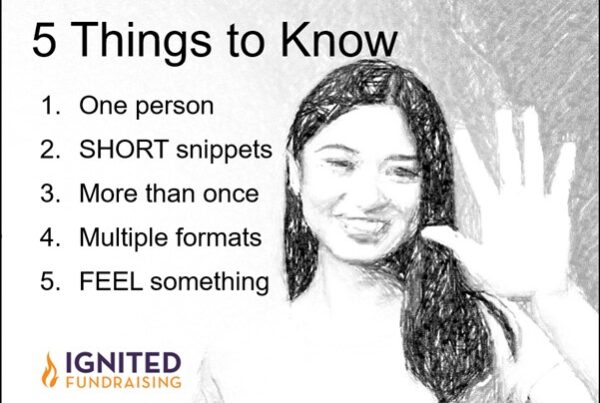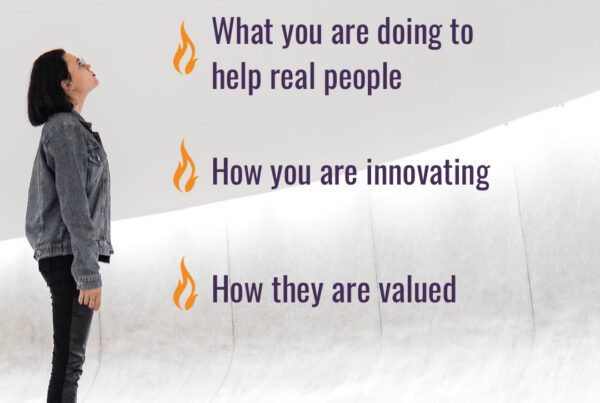The truth to why your donors stop giving is that they lose interest. They don’t feel their gift matters enough to keep giving it.
I recently talked with the team at a large nonprofit and discovered that other than the thank you letter or email after a contribution, there is no other communication with donors until it’s time to ask for another gift. Yikes!

Only a small handful of people know the names of the top donors. And no one is making sure people feel great about their current giving experience.
They’ve got work to do ASAP to implement meaningful communication in between asking for another gift. Do you?
Unfortunately, assuming people will stay giving forever is common.
At a panel I spoke at about this topic I was surprised and disappointed to learn more than two-thirds of the organizations in the room – some having 2000, 5000, and even 8000 active donors – were very concerned about meeting their annual fundraising goals but they couldn’t tell me their donor retention rate or the names of their top 20 donors.
If you have a donor retention issue, you have a communication issue.
While building your donor list is important – if you are losing donors or worried about meeting year-end goals you simply may not be paying enough attention to your current donors.
First, regularly calculate and know your retention rate.
If you don’t know how, view this short video for help. You may want to calculate your retention rate in three separate donor segments:
• Donors who have given for multiple years
(Generally higher retention rates)
• New, or first-year donors
(Generally 40% lower than multi-year donors)
• Reactivated donors
(Somewhere in between 1st time or multi-year donors)
My top 5 tips for keeping your donors happy, connected to your mission and giving more.
1. Share how contributions make an impact for one person.
How many of your current donors & volunteers understand clearly what it is you need to raise money for? Do you share the cost of your programs for one week for one child or one adult?
A friend who is a major donor recently told me, “If the organizations I support were not just saying they need money but they tell me why and what impact that money will have, I’d give even more.”
2. Throughout the year: Personally contact as many donors who give multiple times a year or for multiple years.
Utilize board members and community volunteers to help you. Contacts can be thank you calls, invitation calls, or simply a “getting to know more about you” call or meeting. NOTE: The person doesn’t have to say yes to the meeting or answer the call for it to be meaningful. Leaving a warm “thank you” message is more powerful than you realize.

3. Meaningful acknowledgment can have a huge impact on your pipeline.
This means timely meaningful thank you letters AND more. Get creative with how you stay connected to your supporters: Shout-outs on social media, sending an e-card for their birthday or on the anniversary of their first gift.
4. Invitations to events should say more than “Join us!”
Share a compelling reason for guests to attend and remind them of the need in your community.
Excellent “mission-focused” example of copy on a fundraising event invitation:
One in six children in our community don’t know where their next meal is coming from.
We think ONE is too many.
5. At events be sure to share an update on any gap in your current funding.
Couple this with a compelling story about how amazing your programs are. If you only show all the “good work” and positive outcomes donors don’t see a place for themselves.
Regular communication ALL YEAR LONG that is compelling and shows your impact can have huge value in both retaining and generating new donors.
Even a small increase in your donor retention can generate greater dollars raised over time. Adrian Sargeant, Ph.D., from the Indiana University’s Center on Philanthropy, says:
“A 10% increase in donor retention can increase the lifetime value of the donor database up to 200%. When people stay around they do things like upgrade their gifts, [give more often], contribute to galas, and even volunteer.”
This is the time of year when a little extra attention may make the difference between a contribution or none. Go ahead: Take the time to personally connect with donors and prospects TODAY.






